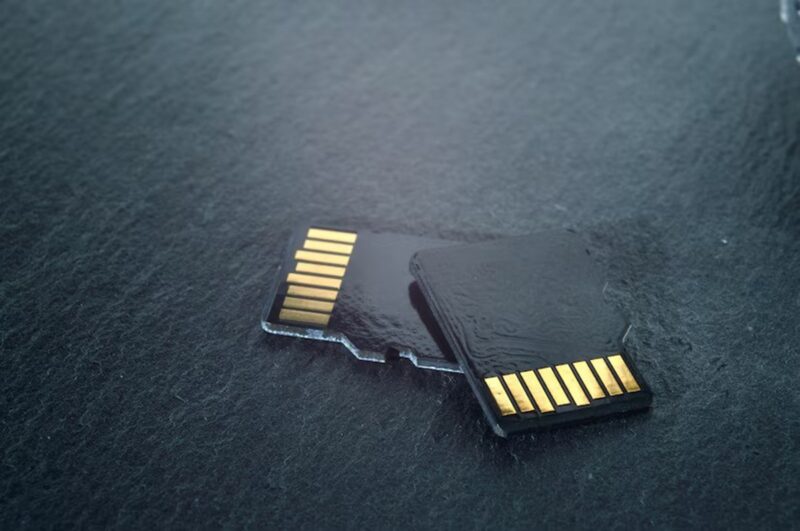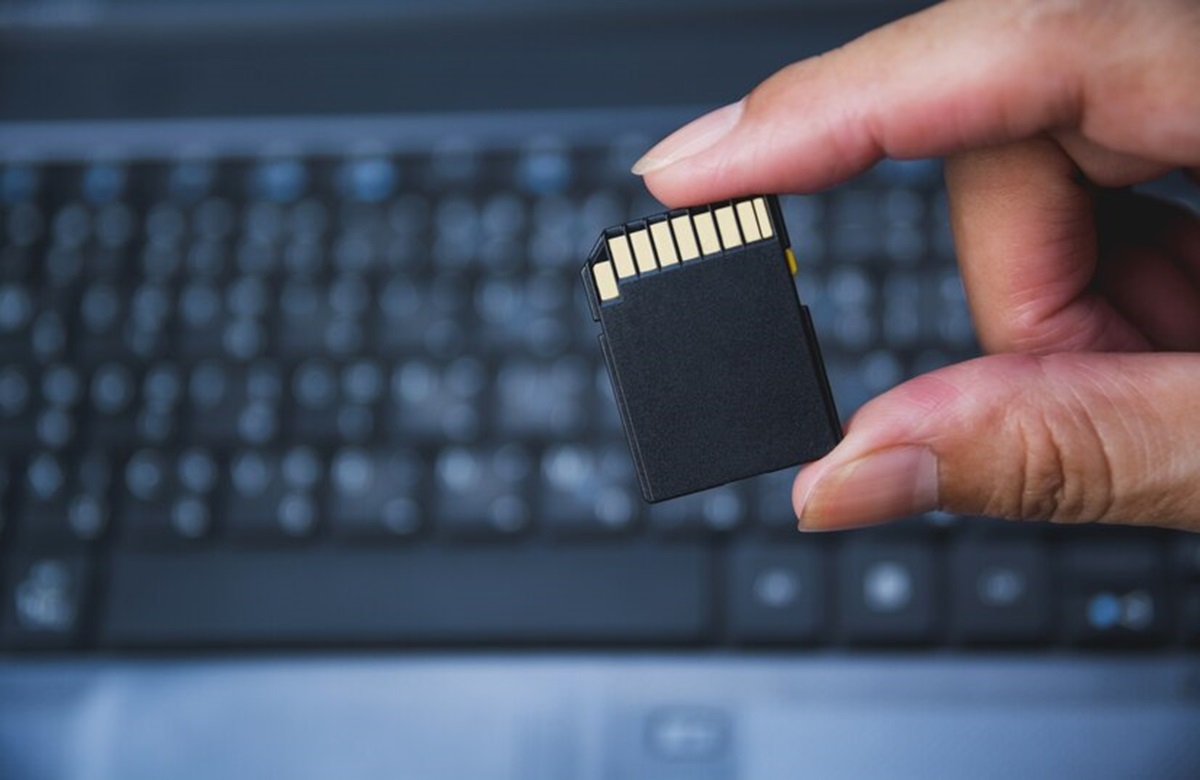SD cards are essential storage devices in our digital world, holding valuable data like photos, documents, and entertainment content. Understanding their lifespan is crucial for data preservation. Research indicates that SD cards are designed to last for 10 years or more, with the longevity primarily dependent on the number of write-and-erase cycles rather than time. The question then arises: how do you know if your SD card is damaged?
This article delves beyond the basic signs to equip you with the knowledge to diagnose a struggling SD card. We’ll explore the tell-tale symptoms, delve into the reasons behind them, and guide you on the path to data recovery (if possible) and choosing a worthy replacement.
Lights, Camera, No Action? Common Symptoms of an SD Card on the Fritz
Imagine this: you excitedly insert your SD card into your camera, ready to capture that perfect sunset. But instead of the familiar whirring sound, your camera greets you with a blank stare. This is a classic sign of an SD card malfunction. Here are some other red flags to watch out for:
- The Unseen Card: Your device simply refuses to acknowledge the SD card’s existence. No drive letter shows up on your computer, and your camera displays a frustrating “No SD card” message.
- The Ghost in the Machine: Your device detects the card, but it appears empty. Files you know are there have vanished without a trace. This spooky scenario suggests data corruption.
- Error Messages Galore: Ominous messages like “SD card error” or “Cannot read from device” pop up whenever you try to interact with the card. These are the digital equivalent of flashing warning lights.
- The Fickle Performer: Sometimes the card works, and sometimes it doesn’t. This inconsistency indicates potential physical damage or logical errors within the card’s file system.
- Slow and Steady Doesn’t Win the Race: Transferring files from the SD card to your device has become an agonizingly slow process. This sluggishness can point towards failing memory cells or a fragmented file system.
Discover now: Why is Tablet Better Than Phone
Under the Hood: What Causes SD Card Damage?
While the symptoms may be clear, understanding the root cause of your SD card’s woes can help you prevent similar issues in the future. Here are some common culprits:
- Physical Trauma: Let’s face it, SD cards are small and easy to mishandle. Dropping them, exposing them to extreme temperatures, or bending them can lead to permanent physical damage.
- Improper Ejection: Safely removing the SD card using the “eject” function is crucial. Yanking it out abruptly can disrupt the writing process and corrupt data.
- Age and Wear: Like any electronic device, SD cards have a lifespan. Over time, the memory cells can degrade, leading to errors and data loss.
- Digital Threats: Malware and viruses can wreak havoc on your SD card, corrupting files and making them inaccessible.
Data Recovery Mission: Possible or Not?
If you suspect your SD card is damaged, the first priority is to stop using it immediately. Further usage can overwrite existing data, making recovery more difficult (or even impossible). Data recovery software can sometimes be successful in salvaging lost files, especially in cases of logical corruption. However, for physically damaged cards, professional data recovery services might be your only hope.
The Importance of Backups: A Redundancy You Won’t Regret
The best defense against SD card failure is a robust backup strategy. Regularly backing up your data to a separate storage device, like an external hard drive or cloud storage, ensures you have a copy in case of disaster.
Choosing a New SD Card: Investing in Durability
If your SD card is beyond repair, it’s time for a replacement. Here are some factors to consider when selecting a new card:
- Storage Capacity: How much data do you need to store? Consider future needs as well.
- Speed: For tasks like recording high-resolution videos, faster read/write speeds are essential.
- Durability: Look for cards with water resistance, temperature resistance, and built-in error correction features.
Beyond the Basics: Advanced Techniques for Tech-Savvy Users
For those comfortable with a little technical tinkering, some advanced tools can provide deeper insights into your SD card’s health. Disk utility programs (available on both Windows and Mac) can be used to check for errors and attempt repairs. Tech-savvy individuals can also utilize data recovery software specifically designed for SD card recovery.
Conclusion: Knowledge is Power When It Comes to SD Cards
By understanding the signs of SD card damage, the underlying causes, and the available solutions, you’re well-equipped to handle these situations effectively. Remember, prevention is always better than cure. Take precautions to extend your SD card’s lifespan, protect your data, and minimize the headache of lost information.


